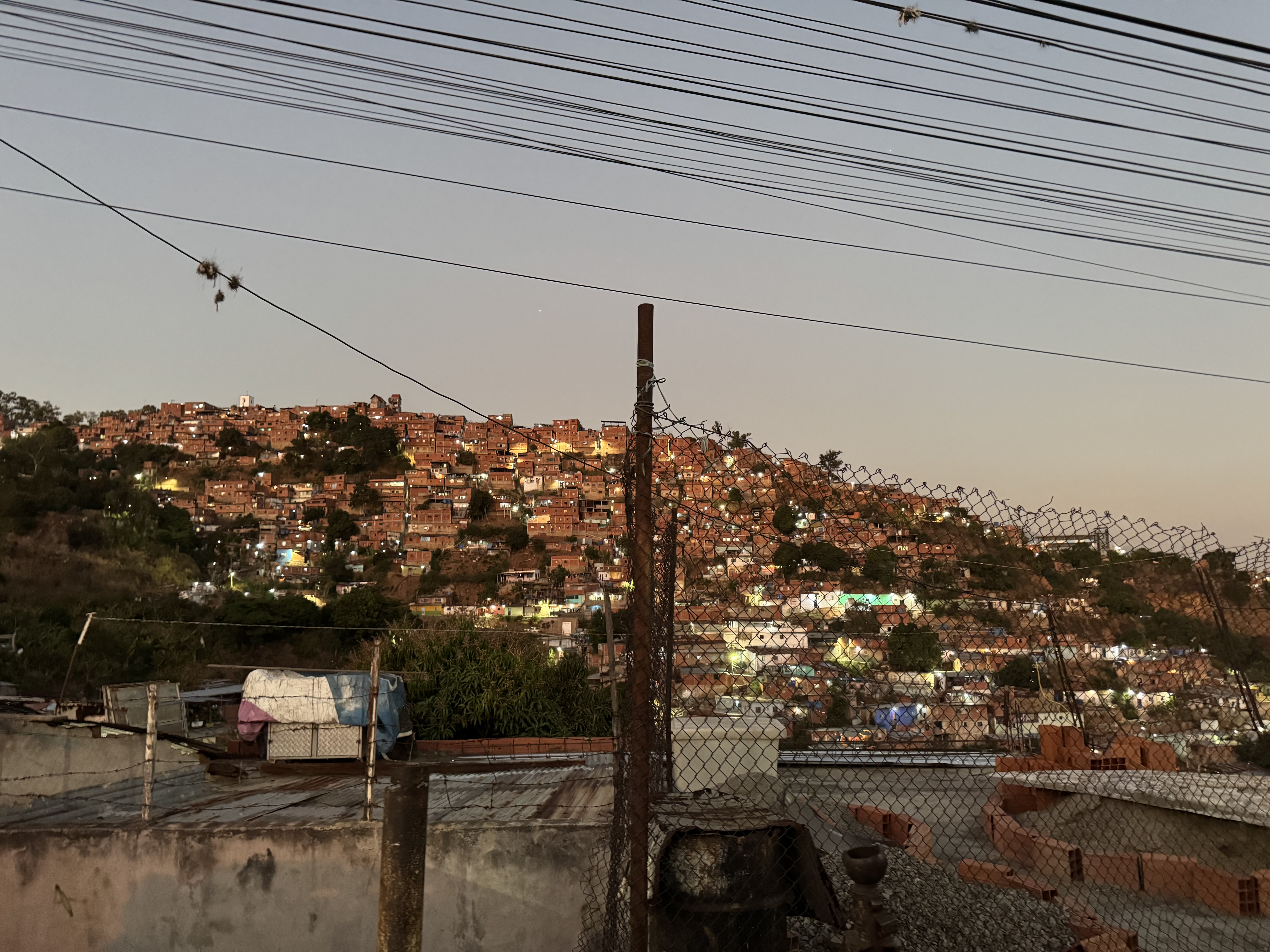Caracas Western Barrios

Western Barrios of Caracas, Venezuela, January 2025
Yesterday afternoon and evening, I had the pleasure of exploring the western barrios of Caracas, an adventure that turned out to be one of the most interesting of my time in Venezuela so far. While these areas are not as affluent as the part of the city where I live, they possess an undeniable charm, overflowing with life, colour, and an atmosphere of warmth and friendliness.
The trip was made possible thanks to the kindness of my Venezuelan friend, Giovanni, who generously offered to show me around in his car. Not only did he ensure that I remained safe throughout the journey, but he also made sure that I experienced the best of what these vibrant neighbourhoods have to offer. His knowledge and enthusiasm made the visit even more special.
The western barrios of Caracas, such as Catia, El Cementerio, and Antímano, are among the city’s most historic and culturally rich districts. They are home to a large portion of Caracas’ working-class population and are known for their bustling streets, colourful houses, and strong sense of community. Walking or driving through these areas, one cannot help but be mesmerised by the striking murals covering building walls, depicting local heroes, social movements, and artistic expressions that speak to the resilience of the people living there.
Catia, one of the most well-known barrios, was particularly fascinating. Historically, this area has played a significant role in Venezuela’s political and social movements. Today, it is a lively hub of street vendors, musicians, and artisans. The Mercado de Catia is an iconic spot where locals buy everything from fresh produce to household goods. Giovanni and I stopped to enjoy some local street food—delicious arepas and freshly squeezed juices that added to the authenticity of the experience.
El Cementerio, despite its name (which translates to 'The Cemetery'), is another barrio bursting with energy. It was originally developed around a historic cemetery but has grown into a dynamic residential and commercial area. The streets here are lined with small businesses, and the local markets are a sensory overload of smells, sounds, and colours. What struck me most was the sheer vibrancy of everyday life—children playing in the streets, shopkeepers enthusiastically calling out their latest offers, and families gathering outside their homes, engaged in animated conversations.
Antímano, further west, is one of the older districts of Caracas. Its steep, winding streets and colourful hillside houses are a sight to behold. This barrio is a true reflection of Caracas’ architectural diversity, where modern developments exist alongside traditional homes. The views from certain high points in Antímano are breathtaking, offering panoramic glimpses of the city framed by the lush green hills surrounding it.
What made this excursion truly remarkable was the warmth and hospitality of the people we encountered. Despite the economic and social difficulties many face, there is an incredible sense of camaraderie and joy in these neighbourhoods. Music fills the air, street art tells stories, and an undeniable spirit of resilience is ever-present.
For those who want to see a glimpse of this adventure, I have uploaded pictures from the excursion at this link: Venezuela in 2025 — the latest images can be found at the bottom of the album.
Exploring the western barrios of Caracas was a fantastic experience, one that gave me a deeper appreciation of the city’s diverse character. A huge thank you to Giovanni, who made this journey possible and ensured that I could immerse myself in this side of Caracas with both safety and enjoyment. I look forward to returning to these neighbourhoods and continuing to uncover more of their hidden gems.
